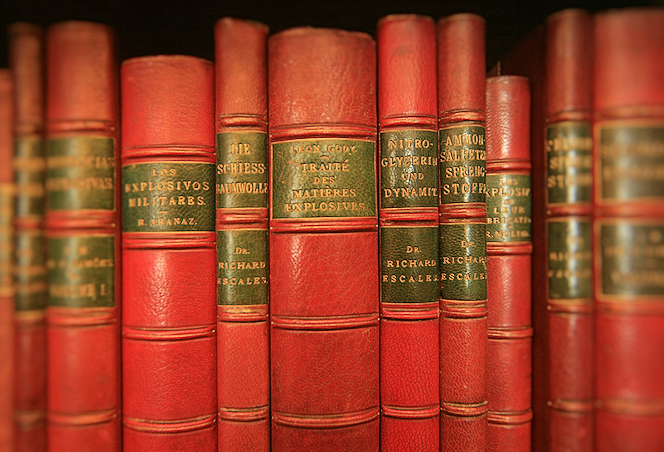Courtyard Societies
The Courtyard Societies
Burlington House is a magnificent Piccadilly mansion completed in 1668 for Richard Boyle, 1st Earl of Burlington, and subsequently much altered. The government purchased Burlington House in 1854, allotting new wings to a group of learned institutions that became known as the Courtyard Societies and the main building to the Royal Academy in 1867.
These are the five Courtyard Societies, going clockwise around the courtyard:
The Linnean Society of London is the world’s oldest active biological society. Founded in 1788, the society takes its name from the Swedish naturalist Carl Linnaeus, whose botanical, zoological and library collections have been in its keeping since 1829.
The Royal Astronomical Society began life in 1820 as the Astronomical Society of London and gained a royal charter in 1831. Its first permanent base was in Lincoln’s Inn Fields, then at Somerset House from 1834 until its move to Burlington House in 1874.
The Society of Antiquaries of London was founded in 1717. According to its royal charter of 1751 the society’s aims are ‘the encouragement, advancement and furtherance of the study and knowledge of the antiquities and history of this and other countries.’ The society boasts the leading archaeological library in the UK.
The Royal Society of Chemistry (library books shown below) was founded in 1841 as the Chemical Society. In 1980 the Chemical Society merged with the Royal Institute of Chemistry, the Faraday Society and the Society for Analytical Chemistry to assume its present identity. It is the largest organisation in Europe for advancing the chemical sciences.
The Geological Society was founded in 1807 at the Freemasons’ Tavern in Covent Garden (where half the country’s most august institutions first convened, as did the Football Association). It is the oldest geological society in the world and has become a world leader in geoscience publishing.


